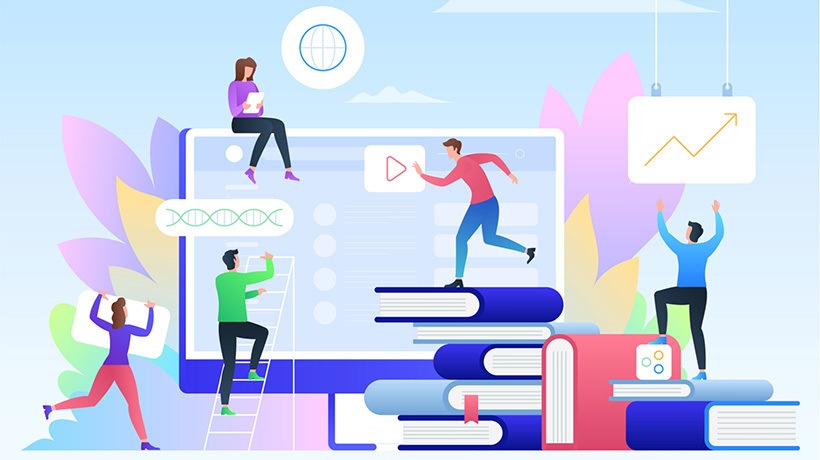The Correct eLearning Design Process
Designing anything from scratch isn’t a cakewalk. Particularly, when you’re designing a digital learning course that is supposed to help individuals learn and develop skills and knowledge. A lot of planning, expertise, and hard work go into it. There is one thing, whose presence (or lack thereof) can make or break the effectiveness of a digital learning course. This thing is the process. So, in this article, we’ll discuss the process digital learning designers can use to better design digital learning for their learners.
1. Planning
Unlike what a lot of designers might believe, planning begins even before the designer begins to work on an outline or blueprint of the course. It begins with a Training Needs Analysis of the employees, then a meeting with the higher-ups to explain how this course will help the organization’s employees, then a discussion with the SMEs (Subject Matter Experts) about what content to put in the course while adhering to the findings of the Training Needs Analysis, and then with the actual designers and developers of the course to discuss the whole plan and its timeline. It's a team effort by the whole L&D team that is orchestrated by the L&D manager. Every member of the organization plays a role in this effort, at least if you want to do it correctly.
2. Storyboarding
Once the planning is done, then comes the time to put it on paper. Storyboarding, as digital learning designers will know, is the outline of the whole learning content to be included in the course screen-by-screen. Earlier, it used to be a written document, but nowadays it is usually done on either PowerPoint or Storyline or some similar software. The storyboard is important as it helps designers convey to the L&D manager as well as the higher-ups the manner in which the content will be presented, how it is structured and what the learner is going to experience. It is a map of the course which is shown to all the concerned parties to ensure that there are no errors or inaccuracies in the course, and if there is something to be changed, it is done before the actual development begins.
3. Development
The development part is going to be a breeze if proper planning and storyboarding have been done. However, unlike the storyboard, the first draft or prototype of the course is the actual deal with everything working the way it was planned and storyboarded. Once the prototype is built, it is reviewed by all the concerned parties once again to ensure that there aren’t any elements that need to be fixed or changed, after which all the rough edges are ironed out and the course is developed to be delivered to the learners.
4. Quality Assurance
However, there is another step before the course is actually delivered to the learners, which is that of quality assurance. The course is sent to the quality assurance or QA team which specializes in determining whether the course is fit for consumption by the learners. This is the final test before the course will be delivered to learners, which is why QA experts go through every aspect and element of the course, the text, the graphics, the interactivities, the menus, and the like, running the course and completing it multiple times to ensure that it is indeed flawless.
5. Delivery
Once QA is done, the course is now ready for sign-off, and the version of this course is called the gold version. The course is now published on the learning portal or LMS, where learners can access it.
If you follow the above-mentioned process for digital learning development, it’ll always be easy and it will bring forth success.
